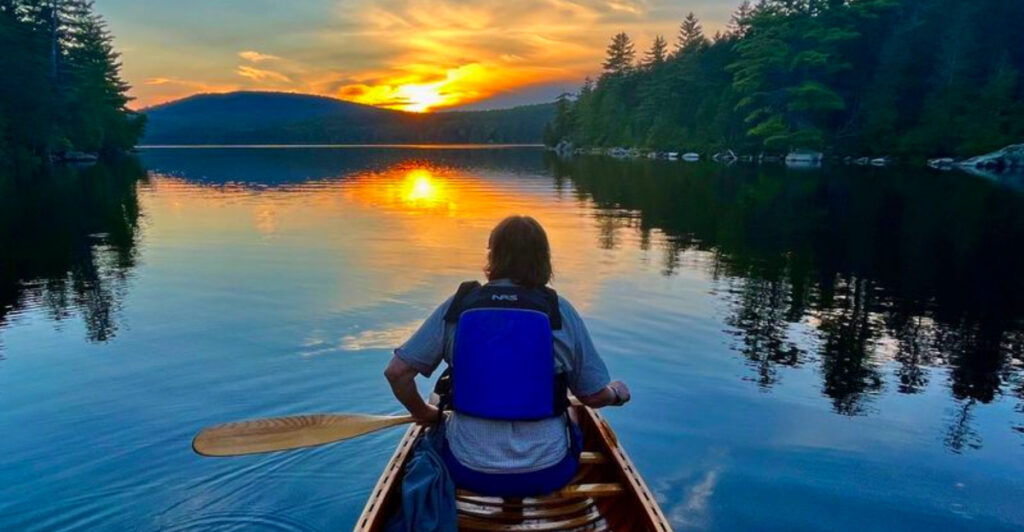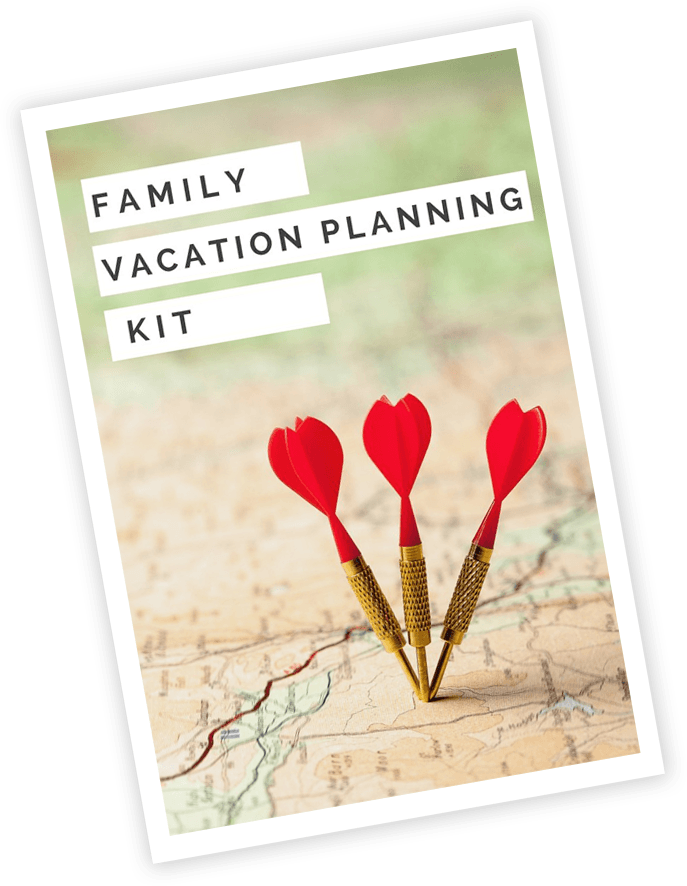Canoe camping offers a unique way to explore wild places that cars and hiking trails can’t reach. Gliding across calm waters with everything you need packed in your boat brings a sense of freedom and adventure that’s hard to beat. Whether you’re planning your first overnight paddle or looking to improve your skills, these essential tips will help you stay safe, comfortable, and ready for the journey ahead.
1. Plan Your Route Carefully
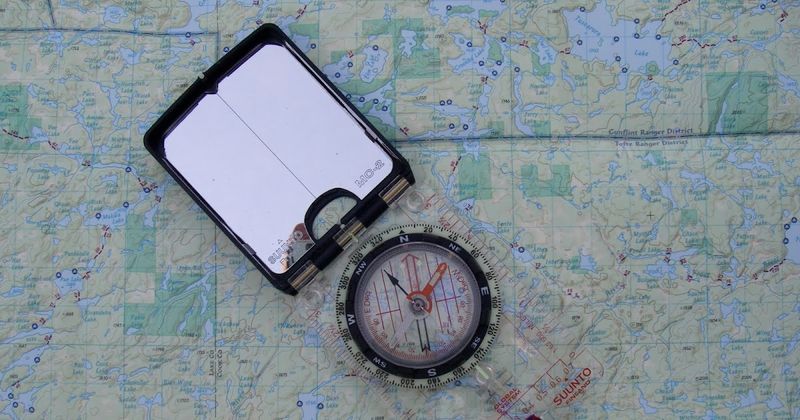
Choosing the right route makes all the difference between a relaxing trip and a stressful ordeal. Beginners should stick with calm lakes or slow-moving rivers that have easy-to-reach campsites along the way. Research everything beforehand: portage locations, typical weather patterns, current water levels, and any hazards like rapids or shallow areas.
Always carry a paper map and compass as backups. GPS devices are helpful, but batteries die at the worst moments. A good waterproof map never needs charging and won’t leave you lost when technology fails you on the water.
2. Check Local Regulations
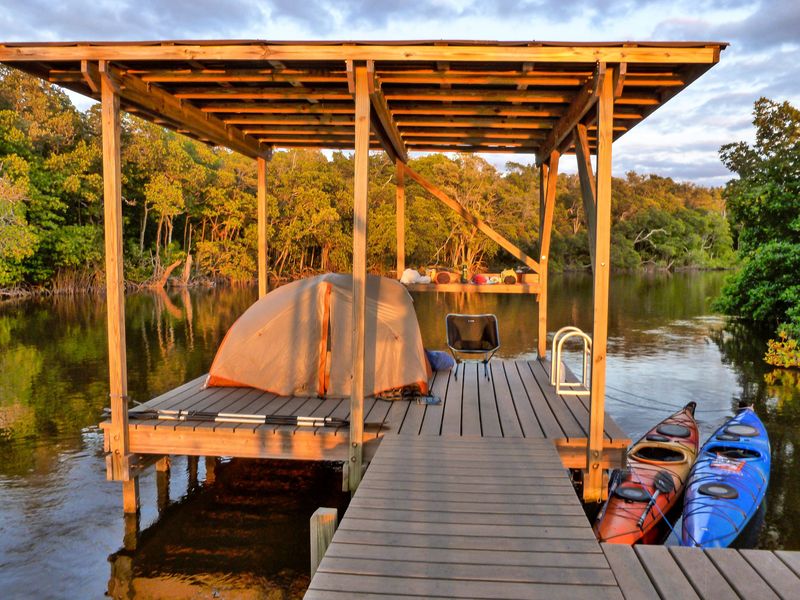
Before launching your canoe, take time to understand the rules governing your destination. Many waterways require advance permits or restrict camping to specific designated zones only. Contact local parks departments, forest services, or conservation authorities to get accurate, up-to-date information about your route.
Regulations often include fire restrictions, group size limits, or requirements for bear-proof food containers. Ignoring these rules can result in fines and, more importantly, harm the fragile ecosystems you came to enjoy. Following regulations protects both you and the wilderness for future adventurers.
3. Pack Smart and Light
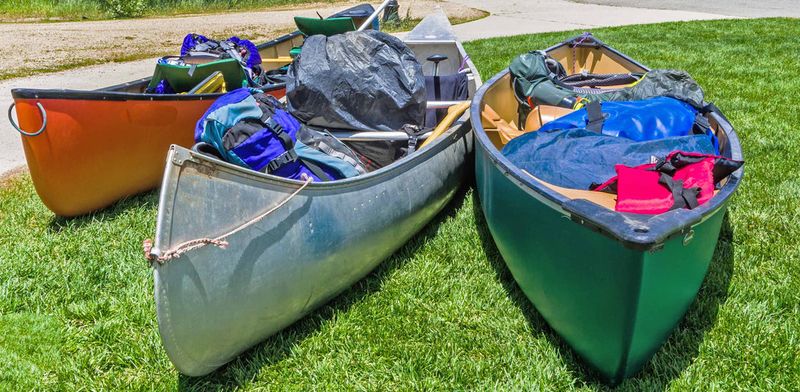
Every extra pound matters when you’re paddling for miles and carrying gear across portages. Focus on compact, multi-use equipment like lightweight tents, collapsible cookware, and quick-dry clothing that serves multiple purposes. Resist the temptation to bring comforts that add unnecessary weight.
A practical approach: pack everything you think you need, then remove half of it. This forces you to prioritize essentials over luxuries. Your shoulders will thank you during portages, and your canoe will sit higher and move faster through the water with a lighter load.
4. Use Dry Bags for Everything
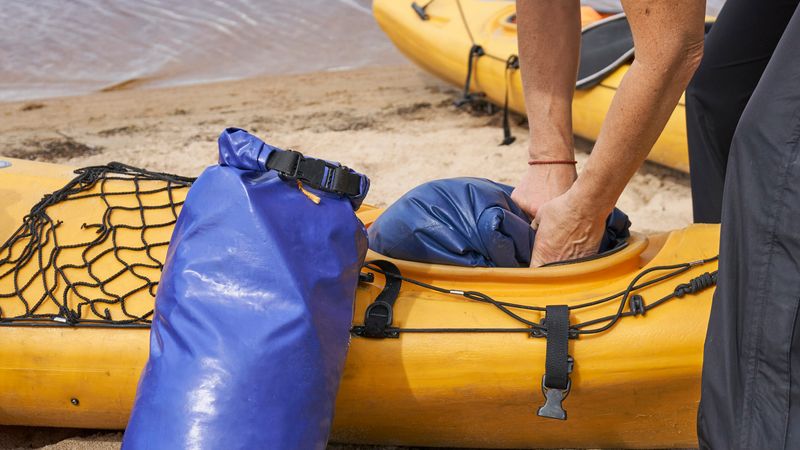
Even the calmest water can surprise you with unexpected waves, rain, or a clumsy moment. Protect your sleeping bags, clothes, electronics, and food by storing them in quality waterproof dry bags. Once everything gets soaked, your trip can quickly turn miserable.
Color-coding your dry bags makes camp life easier—blue for clothing, red for food, yellow for cooking supplies, for example. Keep a small dry bag within arm’s reach for critical items like your phone, keys, wallet, and permits. That one small bag can save your trip if disaster strikes.
5. Balance Your Canoe Properly
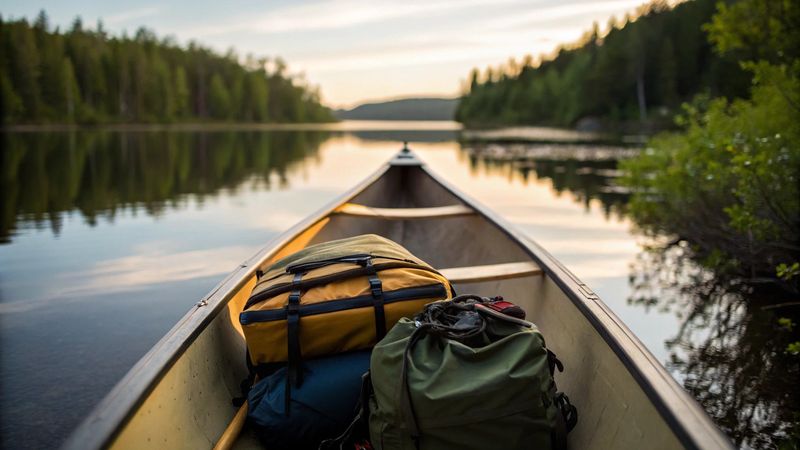
Proper weight distribution keeps your canoe stable and easier to control. Heavy items like food barrels and water containers should sit low in the center of the boat, creating a stable foundation. Lighter gear can go toward the ends, but avoid making either end too heavy.
Before heading out, both paddlers should test the balance, especially if wind conditions seem challenging. An unbalanced canoe tips more easily, tracks poorly, and exhausts paddlers quickly. Spend a few minutes adjusting your load—it makes hours of paddling significantly more comfortable and safe.
6. Practice Paddling Skills
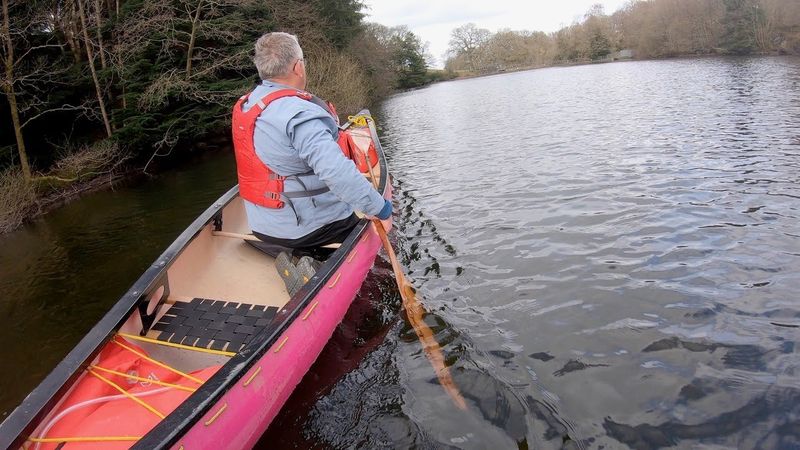
Strong paddling skills turn a grueling journey into an enjoyable adventure. Before your trip, practice essential strokes: the J-stroke keeps you moving straight without constantly switching sides, the draw stroke moves your canoe sideways, and the sweep stroke helps you turn efficiently.
Communication between paddling partners matters just as much as technique. Develop signals and rhythms together so you’re working as a team rather than fighting each other. Smooth, coordinated paddling conserves energy, covers more distance, and makes long days on the water feel almost effortless instead of exhausting.
7. Respect Portages
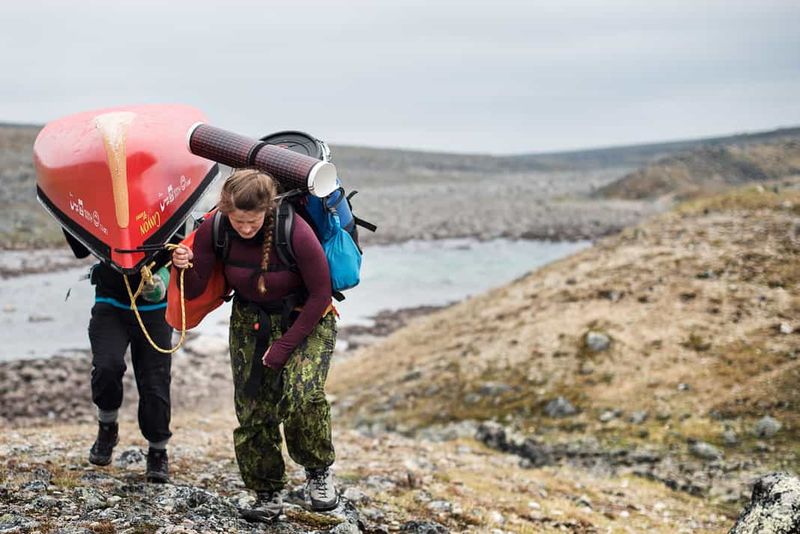
Portages—carrying your canoe and gear overland between water bodies—test your strength and patience. They’re challenging, but they’re also gateways to more remote, pristine areas that most people never see. Embrace them as part of the adventure rather than dreading them as obstacles.
Use a quality yoke pad to protect your shoulders and neck. Take breaks whenever you need them; pushing too hard leads to injuries. Scout unfamiliar portage trails before committing, especially if they look rough or poorly maintained. Never overload your pack beyond what you can safely carry.
8. Choose Campsites Wisely
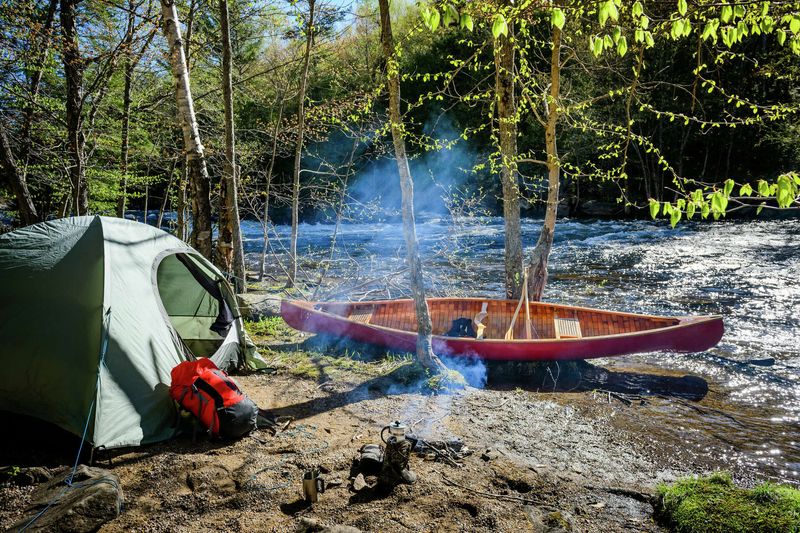
Arrive at your destination early enough to claim a safe, level camping spot. Look for sites elevated above the waterline to avoid flooding if water levels rise overnight. Natural windbreaks like rock formations or dense trees provide shelter, but always check overhead for dead branches that could fall.
Established campsites minimize environmental impact and usually offer the best locations. Set up your tent on durable surfaces rather than delicate vegetation. Always leave campsites cleaner than you found them—pack out trash others left behind if necessary. Future campers will appreciate your consideration.
9. Food Planning is Key
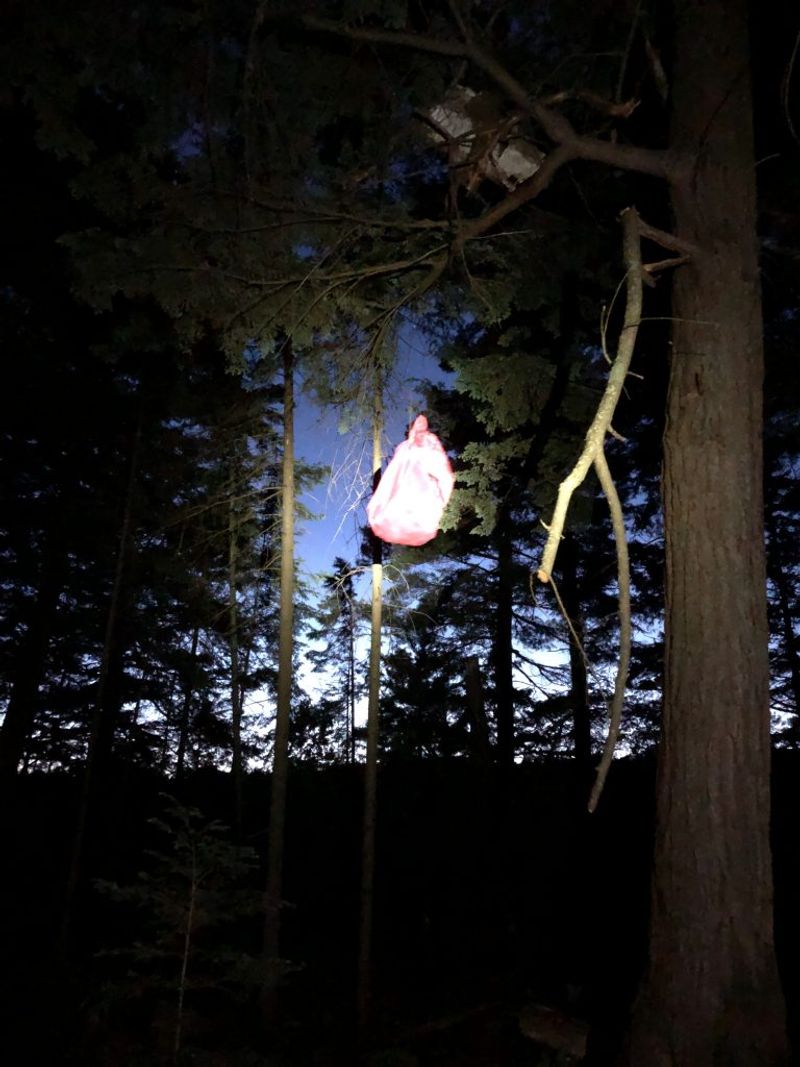
Pre-portion meals at home to save time and reduce waste at camp. Pack easy-to-cook foods like rice, couscous, pasta, or dehydrated camping meals that only need boiling water. Bring high-energy snacks such as nuts, dried fruit, energy bars, and jerky for quick fuel during long paddling days.
Store all food away from your tent using either a proper tree hang or bear-resistant canister. Even in areas without bears, smaller animals like raccoons and mice will raid poorly stored food. Protecting your food supply keeps wildlife safe and ensures you’ll have breakfast tomorrow morning.
10. Stay Dry and Warm
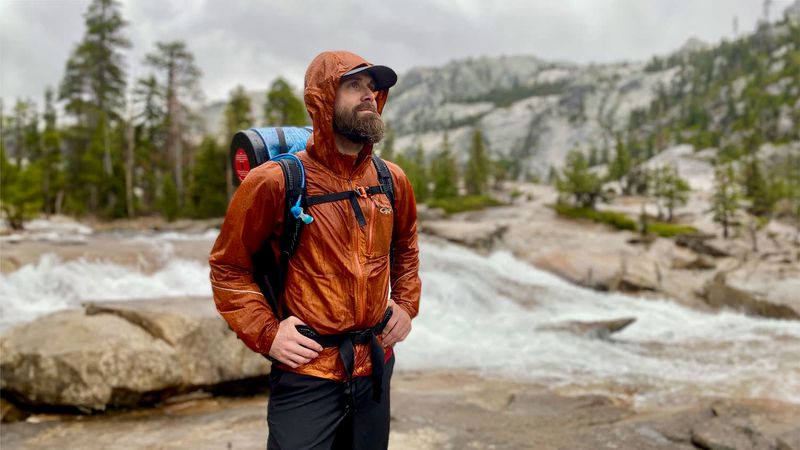
Weather changes rapidly on the water, and getting wet in cold conditions can quickly become dangerous. Pack a moisture-wicking base layer, a waterproof jacket with good ventilation, and a complete spare set of clothes sealed in a waterproof bag. These items aren’t optional—they’re survival essentials.
If you capsize or get caught in heavy rain, dry clothes can mean the difference between mild discomfort and hypothermia. Change into dry layers immediately after getting wet, even if you feel fine. Your body loses heat much faster when wet, and prevention is always easier than treatment.
11. Leave No Trace
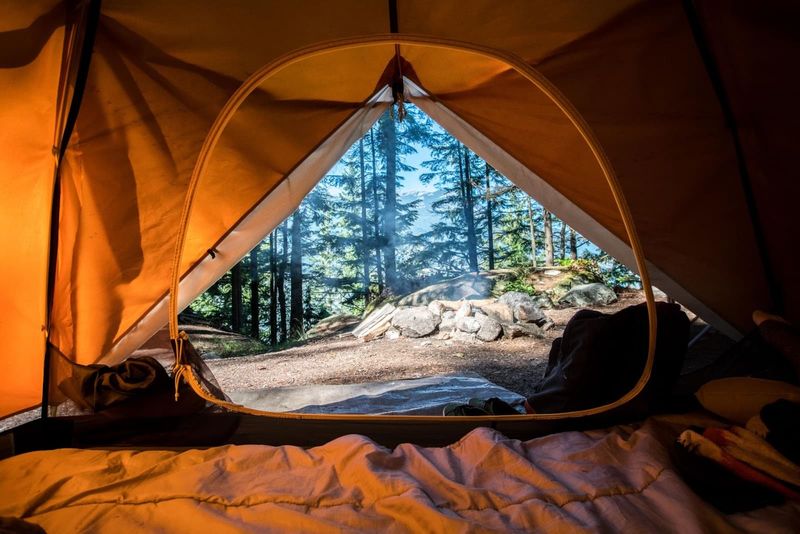
Canoe camping takes you into some of the most beautiful, unspoiled wilderness areas remaining. Follow Leave No Trace principles religiously: pack out absolutely everything you bring in, including tiny bits of trash like apple cores and orange peels. Bury human waste properly in cat holes at least 200 feet from water sources.
Minimize campfire impact by using existing fire rings and keeping fires small. Better yet, use a camp stove instead. Respect the natural silence—loud music and shouting disturb both wildlife and other campers seeking peace. The magic of wilderness depends on everyone protecting it.
12. Enjoy the Journey, Not Just the Destination
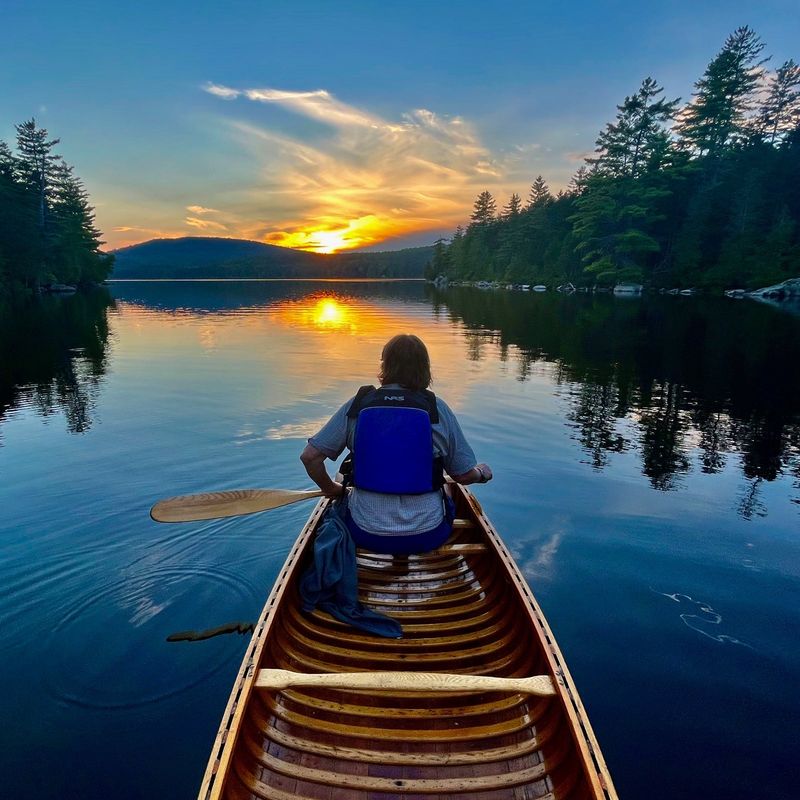
Canoe camping isn’t a race to cover maximum miles or reach specific destinations. Slow down and truly experience your surroundings—the mirror-smooth lakes at dawn, loons calling across the water at dusk, the rich scent of pine forests, stars so bright they reflect on the water.
Take breaks to swim, explore shorelines, or simply float and listen to the silence. These moments of connection with nature are what you’ll remember years later, not how many kilometers you paddled. The peace and perspective that wilderness provides can’t be rushed—it must be absorbed slowly and gratefully.

